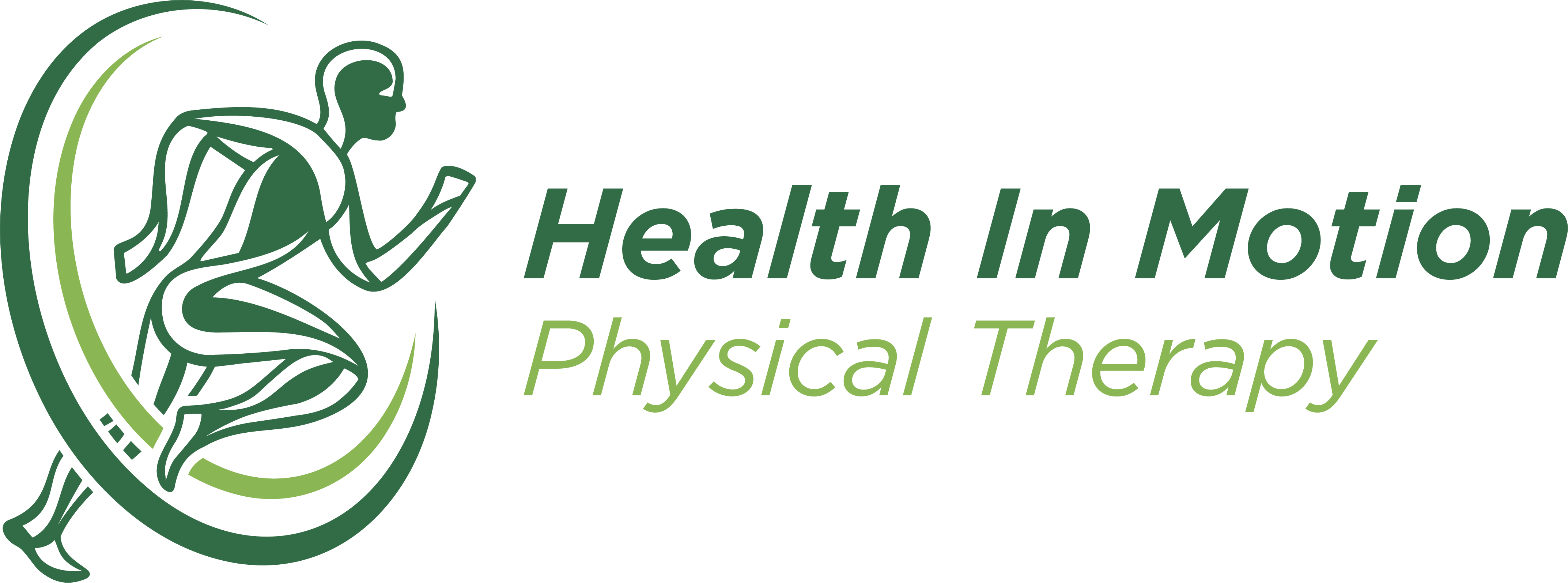Frequently Asked Questions
General
-
PT – Physical Therapist – This is the license we hold from the state of WI to practice.
DPT – Doctor of Physical Therapy – 96 credits (usually 3 years) after a 120 credit (usually 4 year) Bachelor’s Degree. This has been around since 1992, but is now the graduating standard since 2020.
PTA – Physical Therapist Assistant – At least 2 years of specialized education in assisting the PT plan of care
OCS – Orthopedic Certified Specialist – Specialized board examination specifically in management of orthopedic cases with Physical Therapy. Many times is done after a 12-18 month residency including 150 hours of mentored practice by another OCS therapist
MS – Masters of Science – 60 credits (usually 2 years) of Physical Therapy education after a 120 credit (usually 4 year) Bachelor’s Degree.
LAT – Licensed Athletic Trainer – State specific license held by those performing Athletic Training services. Requires Bachelors or Masters in Athletic Training to be licensed
ATC – Athletic Training Certification – National certification in Athletic Training. Many Athletic Trainers hold both ATC and LAT credentials
CPT – Certified Personal Trainer – Certification to perform Personal Training. Programs vary in length, intensity, and pedigree. Can be as little as a few weekends or as long as 6-12 months. Needed to pass Personal Training Exam
CMTPT – Certified Myofascial Trigger Point Therapist – Certification in Dry Needling through Myopain Seminars
MBA – Masters of Business Administration – 60 credits of graduate level education in business and finance
CAFS – Certified in Applied Function Science – 24 hours of education about how physics, biology, and social sciences all blend together for life’s movements.
Certified MDT – Certification in Mechanical Diagnosis & Treatment – specialized training program for PTs taking usually a few years and a series of continuing education courses with an exam
ITAT – ImPACT Trained Athletic Trainer – This AT is able to administer and interpret concussion related neurocognitive testing
EMT – Emergency Medical Tech – Trained in assessing patient’s condition in emergency situations and provide first aid as well as life support
CSMT – Certified Spinal Manual Therapist – Certified Spinal Manual Therapists are able to demonstrate up-to-date, evidence-based evaluation, reasoning and treatment skills related to spinal disorders. This program is offered by the International Spine & Pain Institute (ISPI) and focuses on manual manipulative therapy
MTC – Manual Therapy Certification – A series of seminars on manual therapy in conjunction with the completion of written oral and practical examinations in each of the following manual techniques: myofascial release • muscle energy techniques • joint mobilizations of the extremities, spine and SI region.
FAAOMPT – Fellow of American Academy of Orthopedic Manual Physical Therapy – 2-4 year additional training in treating orthopedic cases with physical therapy. Special emphasis on manual therapy techniques. Requires 1500 hours of supervised practice, 150 hours of mentored practice, and more than 40 credits of didactic training. Must also have OCS by graduation.
LSVT Big Certified – Lee Silverman Voice Treatment – Specialized education in treating Parkinson’s and other movement related conditions.
CSCS – Certified Strength and Conditioning Specialist – Certification by the National Strength and Conditioning Association (NSCA) primarily aimed at becoming a strength coach. Requires a bachelor’s degree or higher to sit for national examination. -
HEP stands for home exercise program, and it’s a vital part of any treatment plan. It’s one of the most important aspects of physical therapy. If you started anything new in life: a workout, a new job, a new hobby, etc, you would benefit immensely from doing it every day as opposed to a couple times per week. Taking 10-15 minutes of time at home may not always be the case. Requiring zero to little equipment can be done but may include more equipment. Equipment can be provided for an additional cost.
-
You should wear loose clothes that make it easy to move. We also recommend sneakers. Workout clothes will work, but any comfortable clothing will work fine. Plan on giving your therapist access to your area of concern. The less your clothes restrict your movement and the more comfortable you are, the better. Shorts or athletic/loose fitting pants and a tee shirt are all good options.
